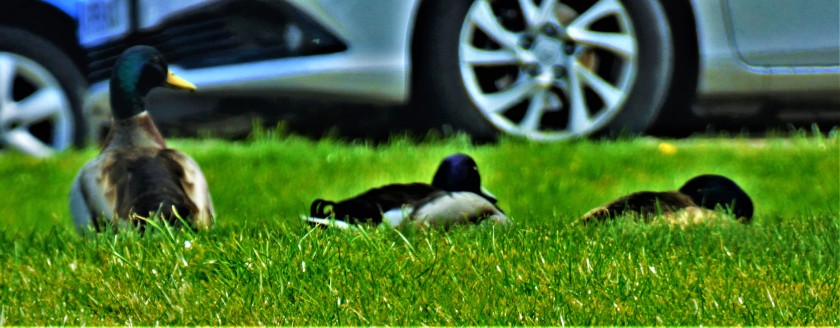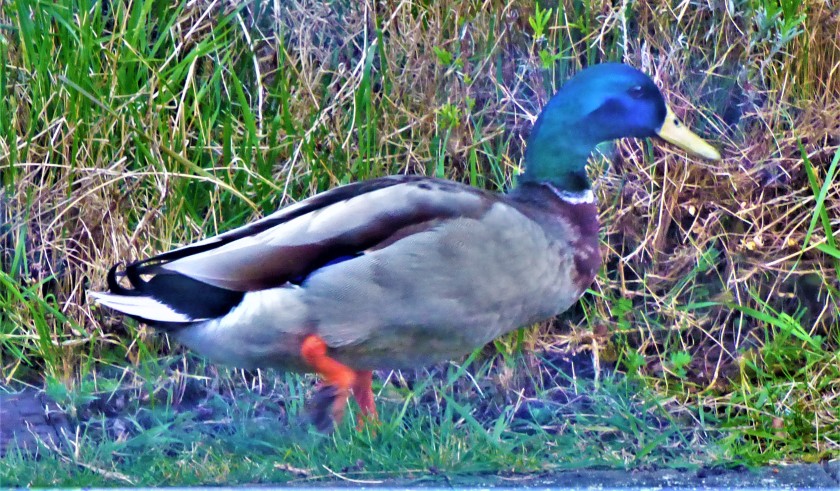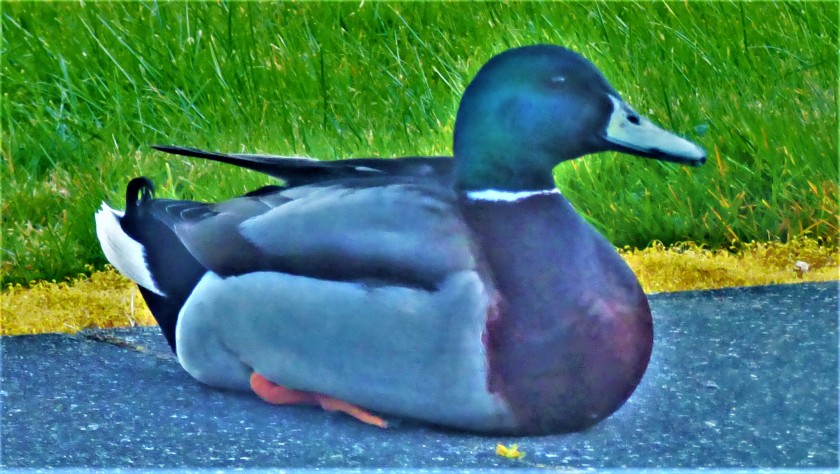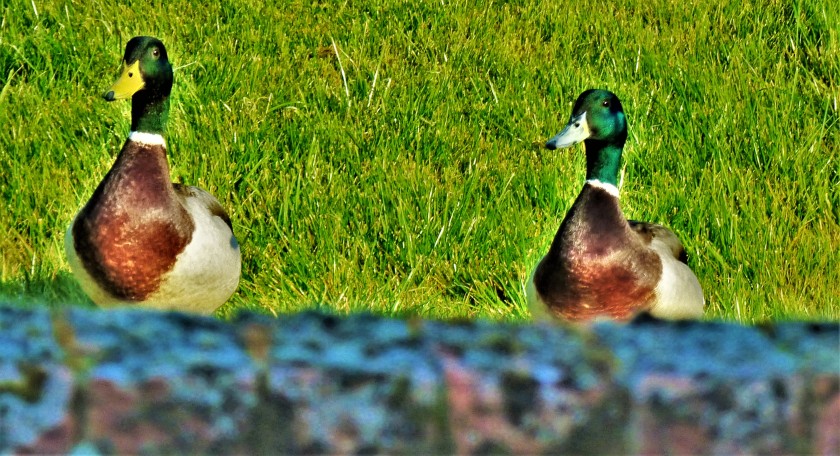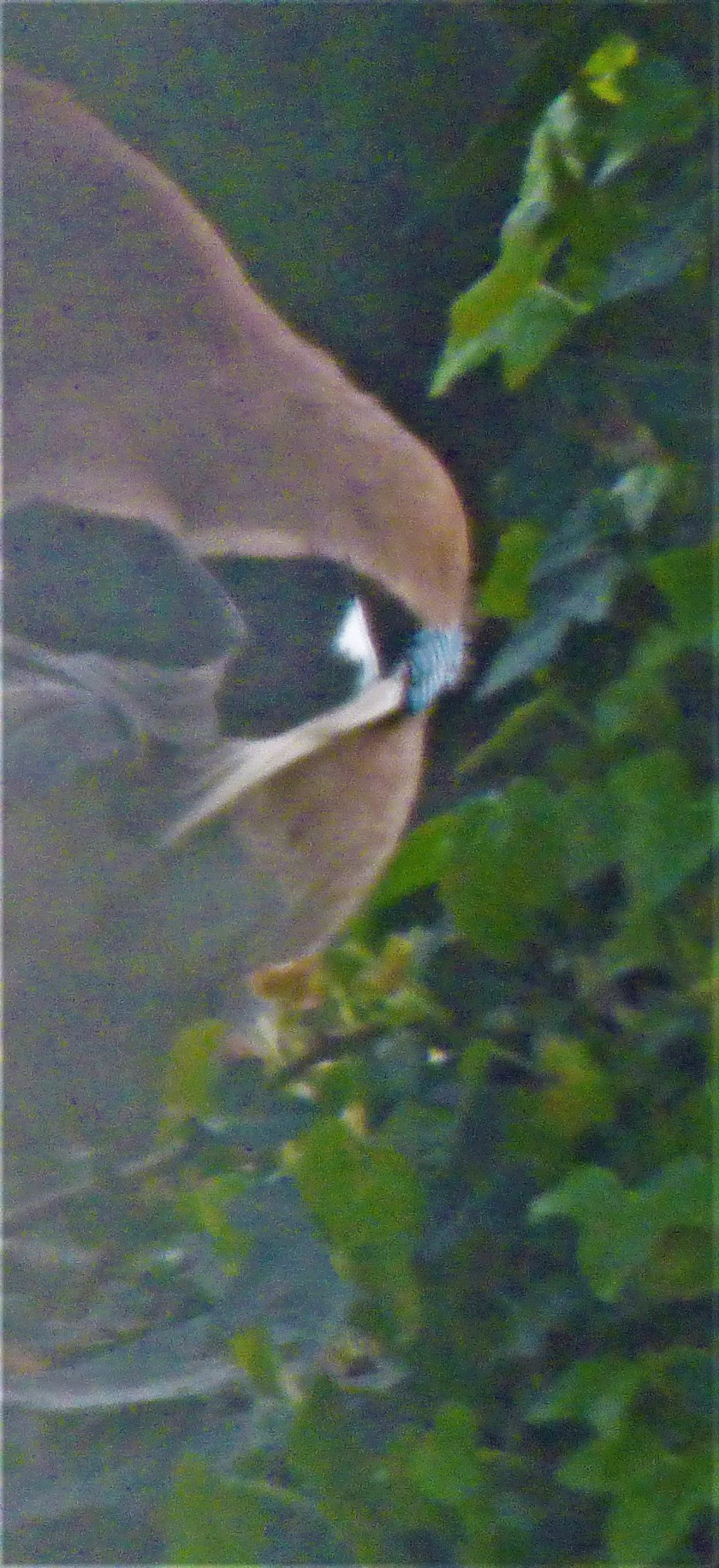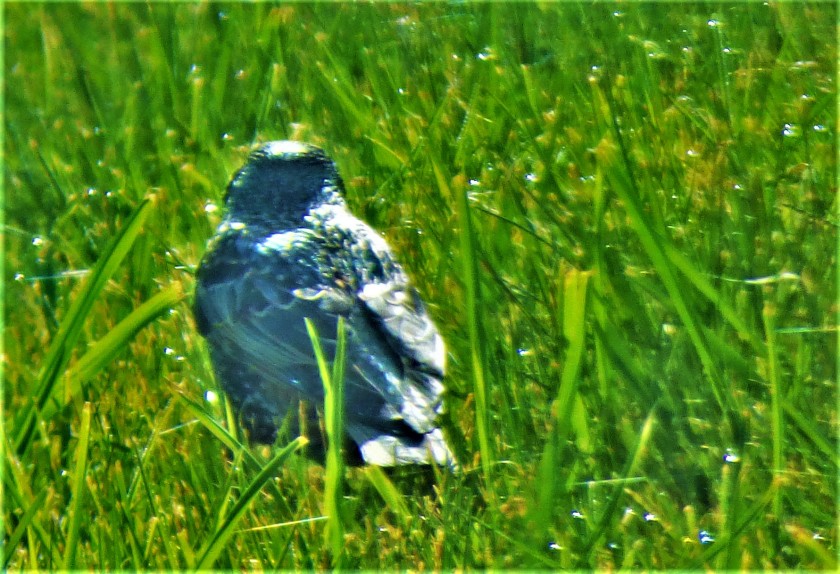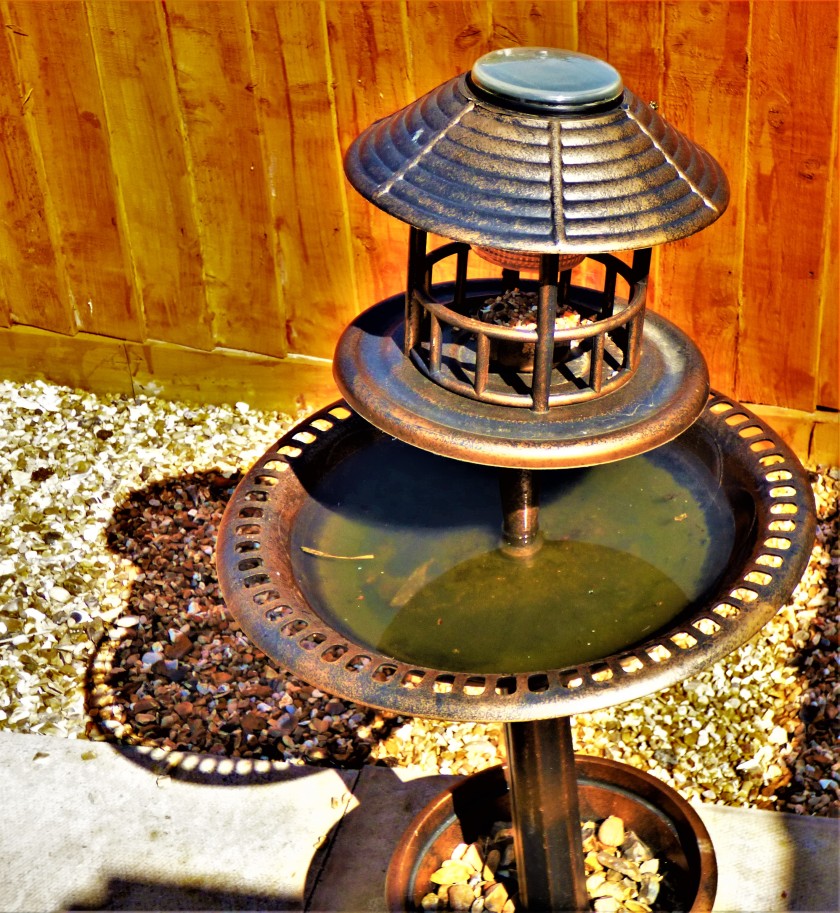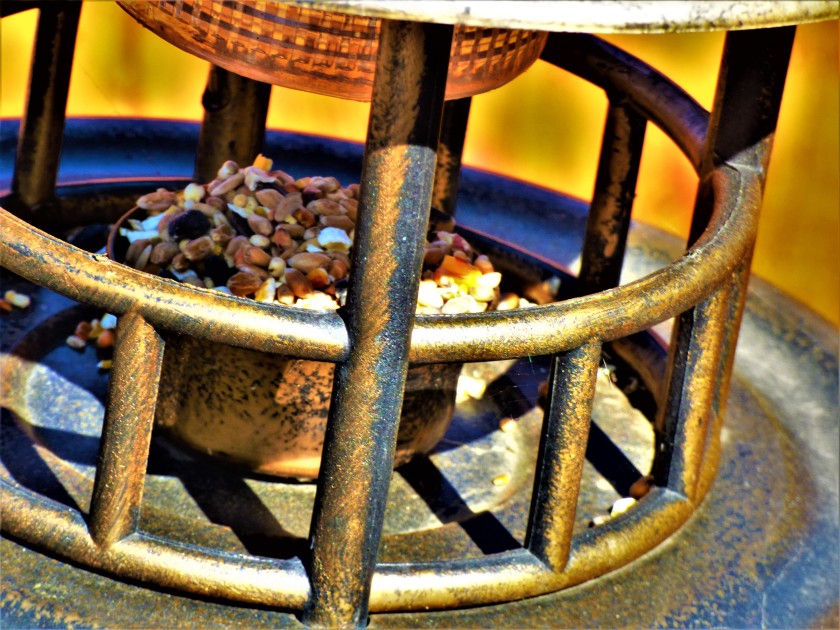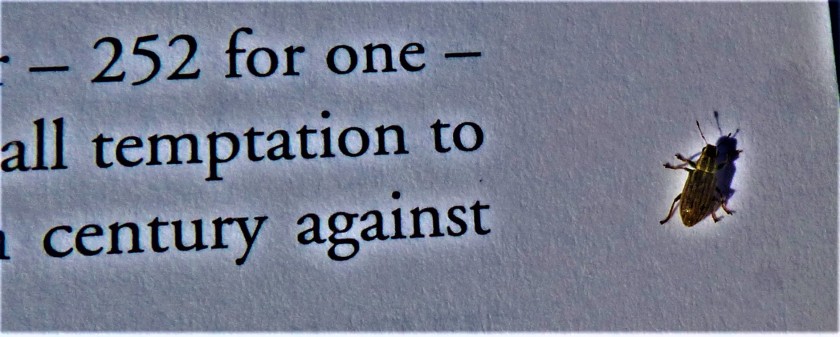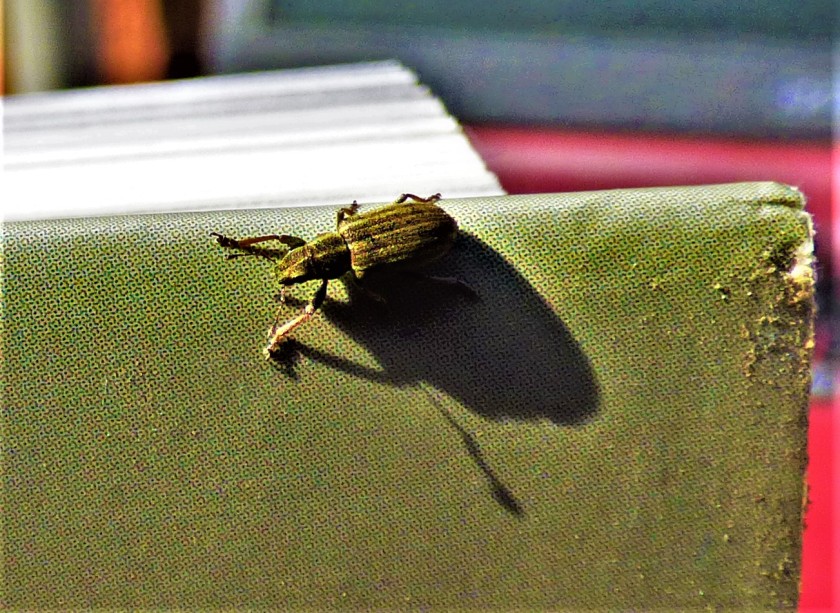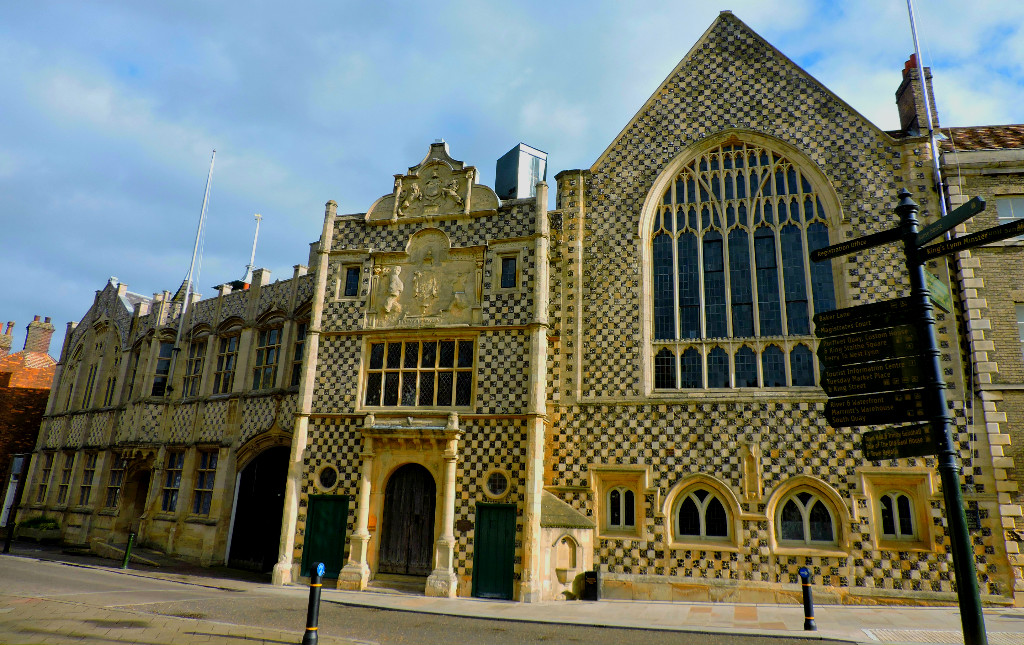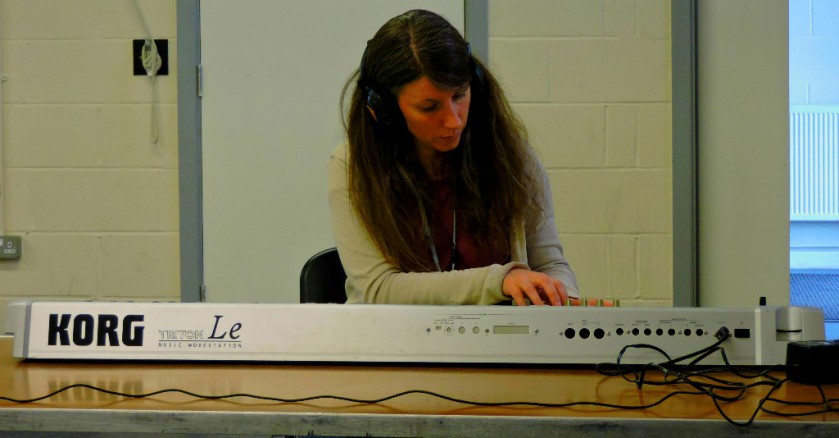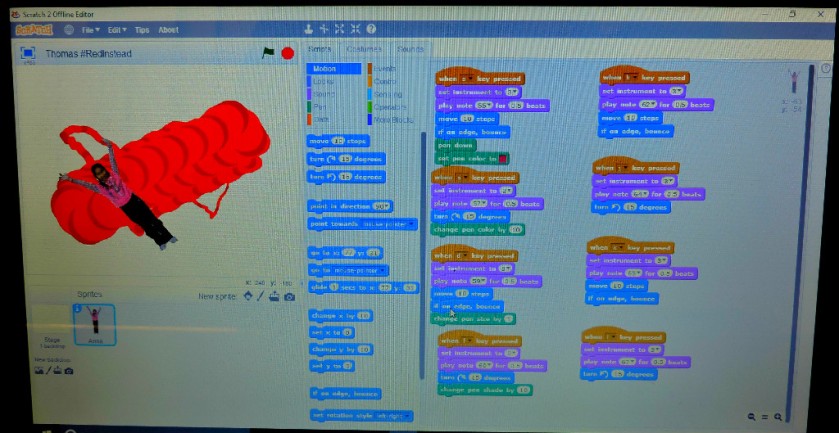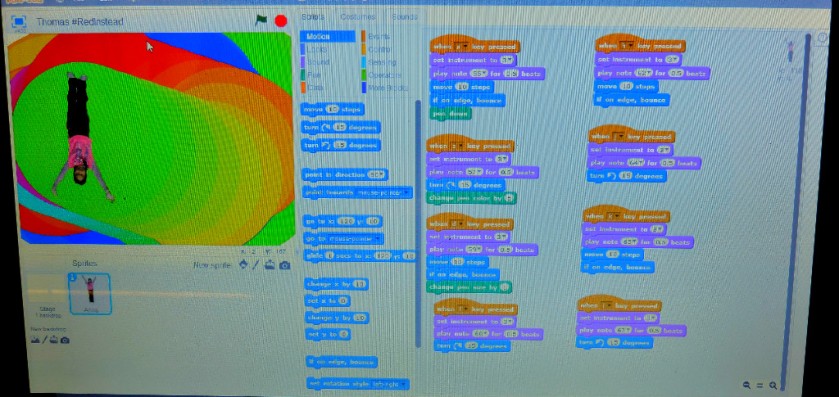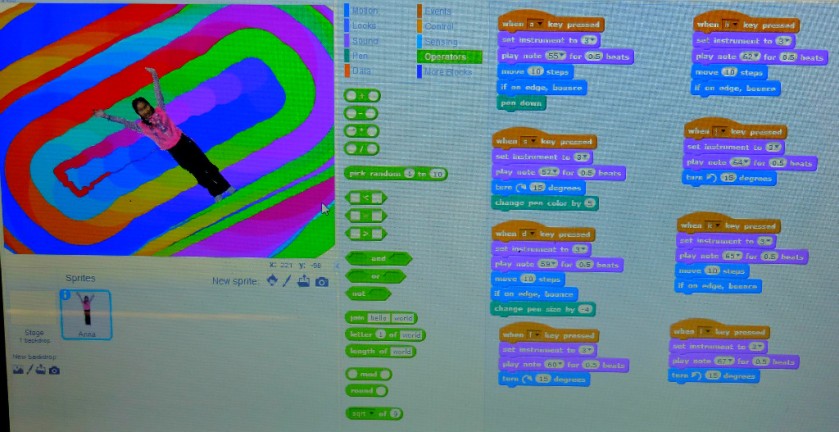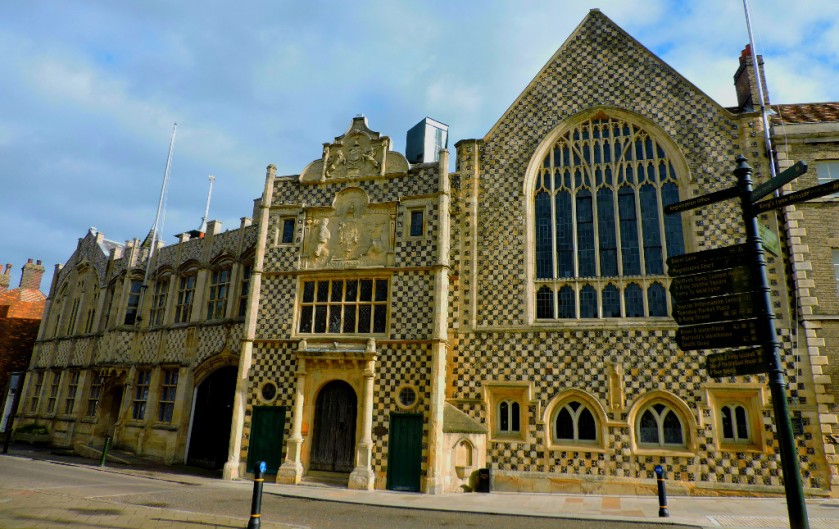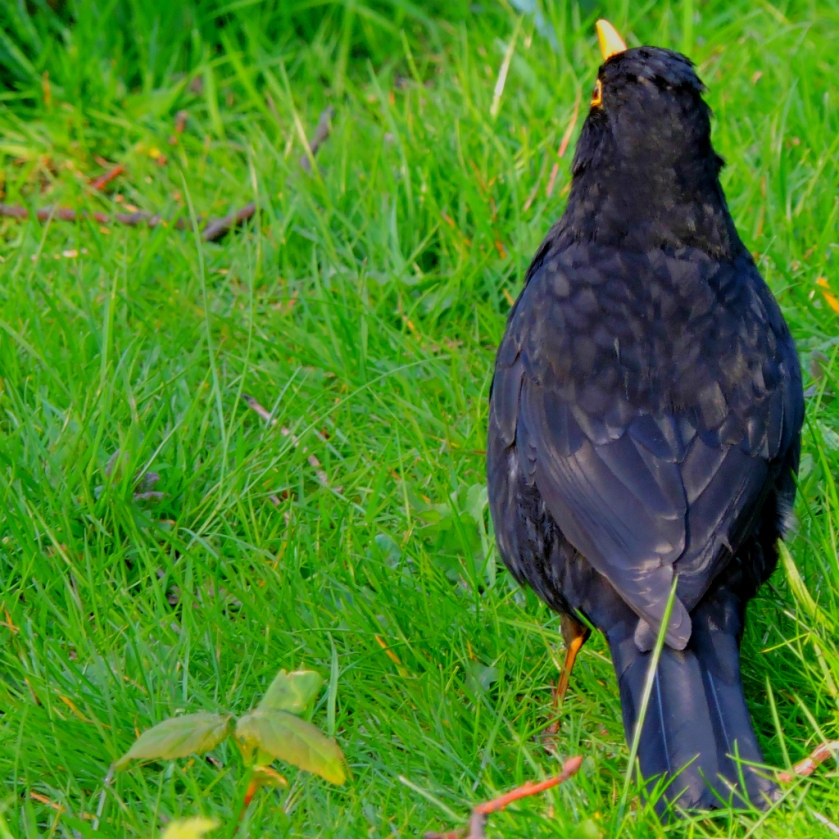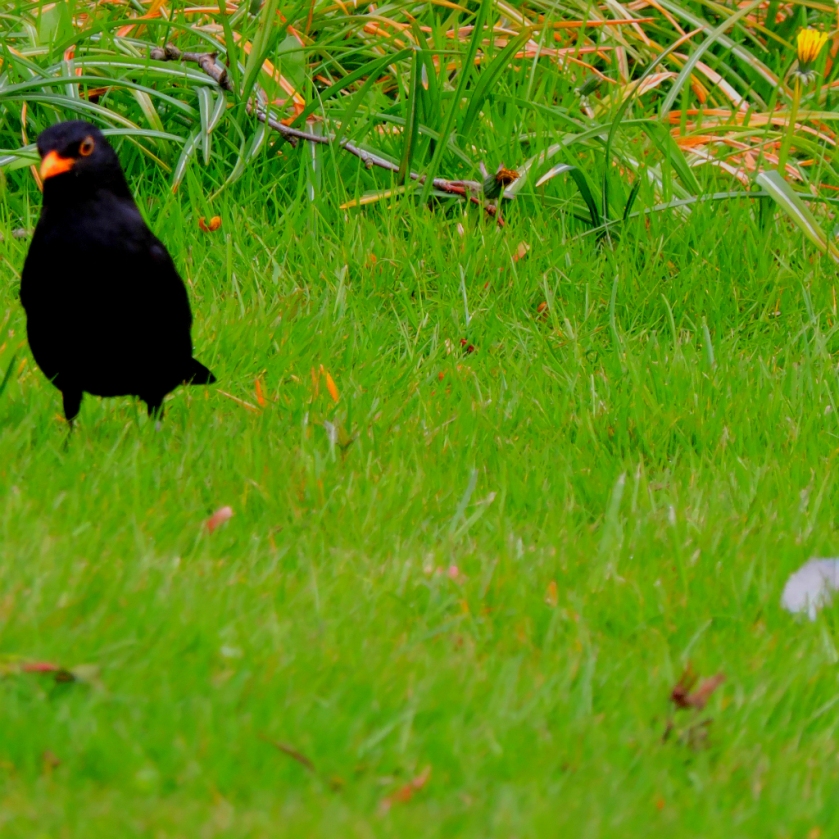INTRODUCTION
Welcome the latest installment in my “All Time XIs” series. Today the focus is on Derbyshire, alphabetically the first of the 18 first class counties. Those who have been following this series in detail will realize that this is the 17th county to be looked at so far. Tomorrow’s post about Durham will not be the end of the series, merely the end of the beginning, an occasion I shall mark by creating a page with links to all 18 county posts (I already have several more posts mentally mapped out. Before getting to the main meat of this post I wish to start with…
BIG UP TO THE FULLTOSS BLOG
The Fulltoss blog, which I follow avidly and recommend you to do likewise, have been given an honourable mention in Wisden Cricketers Almanack (see yesterday’s Sussex post for more about the both the name Wisden and the origin of the publication), for which they deserve the heartiest of congratulations. Check out this recent fulltoss post inviting readers to nominate the greatest innings they have ever seen.
DERBYSHIRE ALL TIME XI
- Stan Worthington – an opening batter of the 1920s and 1930s, who appeared briefly for England. He managed a test hundred, which in Derbyshire terms places him in elite company.
- Kim Barnett – a Derbyshire stalwart for many years who gained a few England caps and did not do altogether badly at that level. He was also known to bowl serviceable leg spin. At the end of his long career he fell out with Derbyshire and decamped to Gloucestershire.
- Charles Ollivierre – one of the first Caribbean born cricketers (preceded in that regard by Lord Harris of Kent and a contemporary of Pelham Warner of Middlesex, both of whom were born in that part of the world and captained England) to appear in county cricket. He hailed from the island of St Vincent, and first came to England with a touring West Indian team in 1900 (WI gained test status only in 1928) and then settled in Derbyshire, who found him a clerical job while he was qualifying by residence. In the 1904 match against Essex at Chesterfield in which Percy Perrin made 343 not out in ultimately losing cause Ollivierre scored 229 and 92 not out for Derbyshire. Technically he does not count as an overseas player, but since I have not selected an official overseas player you can regard him as such if you insist.
- Albert Alderman – a consistent and reliable batter at a time when Derbyshire were especially weak in this department.
- George Davidson – for a long time he held the record individual score for the county with 274, which innings was moreover his maiden first class hundred. Also a useful bowler of medium pace but unlikely to be needed in that regard by this team.
- *Arthur Morton – a tough, determined batter who bowled both medium pace and off spin, the latter of which would be more required in this side. He often made his runs when they at a premium. At Chesterfield in 1914 against Yorkshire he and his team were caught on a rain affected pitch, and of the 68 that they managed to scrape up precisely 50 came from the bat of Morton. The last eight Derbyshire wickets crashed for just four runs, and the last six without addition in the space of just eight balls (Alonzo Drake finished one over by taking four wickets in four balls, and then another rather better known left arm spinner, Rhodes, took the remaining two in the next four balls). I have named his as captain of this side.
- +Bob Taylor – more first class dismissals (1,473 catches and 176 stumpings) than any other wicket keeper in the game’s history. His batting is often denigrated, but a six hour 97 at Adelaide on the 1978-9 tour that put England in control of both match and Ashes series indicates that not only could he do it, he could do it when the team really needed it. In 1986 when England’s chosen wicketkeeper, Bruce French of Nottinghamshire, suffered a freak injury, Taylor, then 45 and retired for two years, left a glad-handing role in a hospitality tent to don the gloves as substitute until a proper replacement (Bobby Parks of Hampshire being the choice) could get to the ground.
- Billy Bestwick – right arm fast bowler and lower order batter. He was in his mid forties when he took all ten Glamorgan wickets in an innings. He was the father of the father-and-son pair of Bestwicks who opened the bowling against the Warwickshire pair of Willie and Bernard Quaife, also father and son. In the 1904 Chesterfield match mentioned in connection with Ollivierre it was he with assistance from Arnold Warren who destroyed the Essex second innings. He had some turbulent times (including a brush with a manslaughter conviction after a pub brawl) but his skill and stamina were both undoubted.
- Les Jackson – right arm fast bowler, with an amazing first class record (1,733 wickets at 17 a piece between 1947 and 1963) whose test appearances were limited to two, largely one suspects because the establishment deemed him insufficiently willing to tug his forelock at appropriate moments (in those beggarly two games he collected 7 wickets at 22).
- William Mycroft – left arm fast bowler of immense stamina, who had a magnificent record in the 1870s. I shall have more to say about him in the next section of this post. There is also a theory that Conan Doyle, a huge cricket fan, and indeed a fine player, who once dismissed WG Grace (albeit that worthy already had a ton to his name) named Mycroft Holmes in honour of William and his brother Thomas, a wicket keeper, while the other brother Sherlock was a fusion of the Notts pair Sherwin and Shacklock, likewise a fast bowler and keeper.
- Tommy Mitchell – leg spinner, he was a bit part player in Jardine’s 1932-3 Ashes winning tour party, but his county record was excellent, and the guy he could not displace as England’s number one spinner was Hedley Verity, a man whose test wickets cost 24 in spite of the inflationary effects on the bowling average of being opposed to Bradman, while his first class wickets cost 14.9 a piece.
This team has a solid top six, with a genuine all rounder in Morton and three others (Barnett, Worthington and Davidson) who could bowl usefully, the most prolific wicket keeper of all time and four specialist bowlers who are well varied and of high quality. The spin bowling is a little thin, with only Mitchell and Morton genuinely recognized in that department, while the question with the pacers was always who would be unlucky, this has historically been Derbyshire’s only really strong department.
HAMPSHIRE V DERBYSHIRE 1876 – EVERYTHING BUT A MATCHWINNER
This match, chapter two in Patrick Murphy’s “Fifty Incredible Cricket Matches”, my copy of which has not survived the ravages of time, but of which I have reasonably clear memories stands out as one the game’s great hard luck stories. William Mycroft captured 17 wickets with his own bowling, held a catch and took part in the biggest stand of the Derbyshire first innings. Yet at the end, Hampshire, courtesy of one Reginald Hargreaves (35 not out at the death) sneaked home by one wicket. Few can have so dominated a match that their team ended up losing. In those days there was a mechanism referred to as ‘switching ends’, by which a bowler was allowed by two consecutive overs on occasion (but never three), which explains why Mycroft bowled so many overs, as shown in the report and scorecard from the relevant pages of my “Wisden Cricket Anthology: 1864-1900”) appended in photographic form.
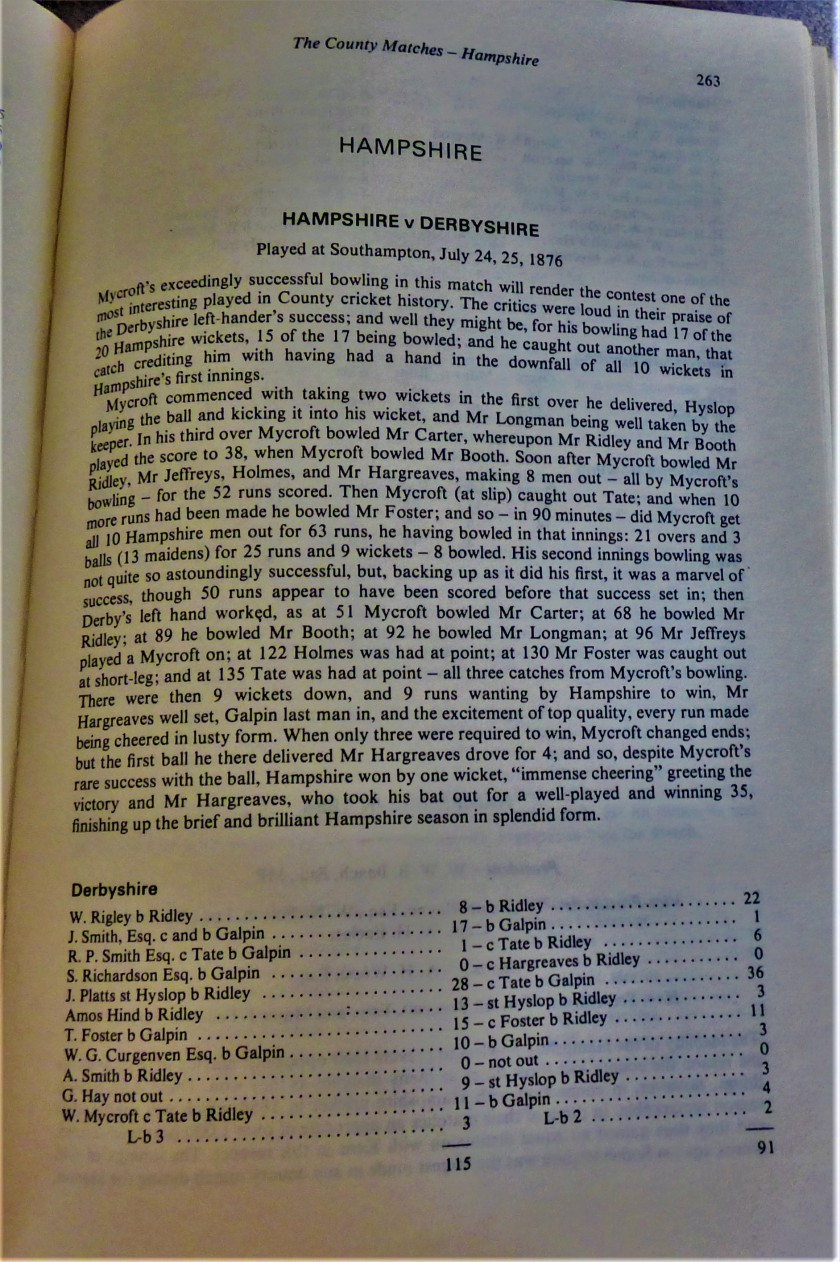
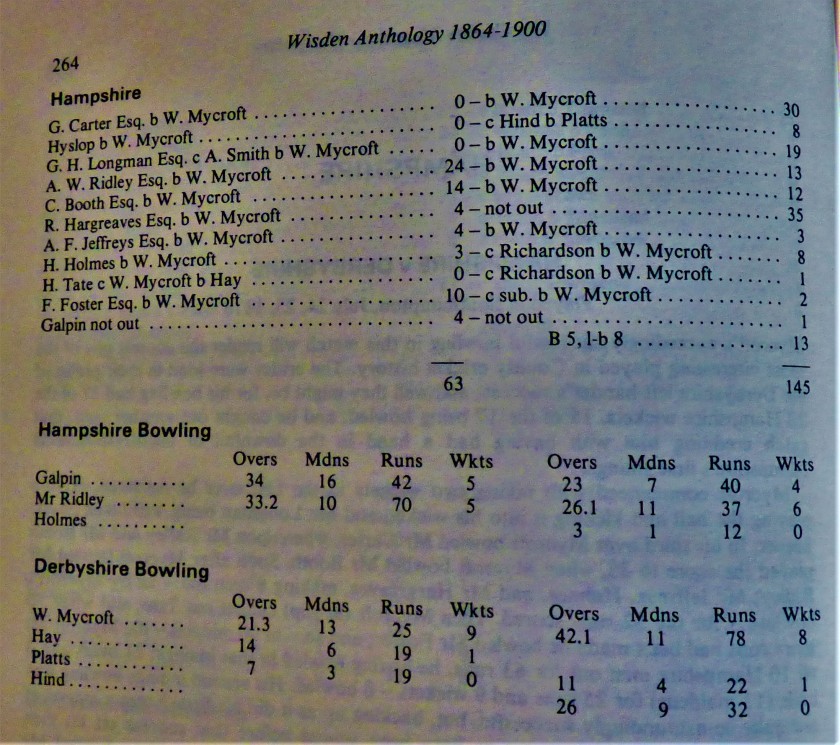
A brief footnote: Hargreaves, the batting hero (or villain), also has a curious literary connection – he married Alice Pleasance Liddell, otherwise known as the Alice of “Alice in Wonderland” and “Alice Through The Looking Glass”.
OMISSIONS
Starting with those of fairly recent times, fast bowler Devon Malcolm (who later appeared for Leicestershire and Northamptonshire) was unlucky to miss out, given that he has a test match nine for to his credit. Fast medium bowler and useful lower order batter Dominic Cork might be considered unlucky, but Morton was a more complete player. Off spinning “all rounder” Geoff Miller, a contemporary of Bob Taylor’s, was actually not good enough in either department to merit a place (although he later did a good job as national selector). Mike Hendrick, a high class operator on the quick side of medium was overly worried about being hit and therefore tended no to pitch the ball up enough to get the wickets he should have done – he never managed a test five-for, which his best known England captain, Brearley, attributed to this failing (in “The Art of Captaincy” and his various Ashes accounts). There was an absolute stack of pace bowlers who had good records – Arnold Warren, George Pope, Bill Copson and Cliff Gladwin being the four most obvious. Danish express Ole Mortensen might also be thought unlucky in certain circles. Leg spinner Garnet Lee came close, but Mitchell was definitely superior. As far as I am aware, although I am open to correction, Derbyshire have never had a high class left arm spinner. Billy and Harry Storer both had solid records for the county, and but for Taylor’s achievements in that department Billy could have been nominated for the keeping role. Peter Bowler was a useful but dull batter (he later played for Somerset), and a candidate along with Kent specialist fast bowler Arthur Fielder for the “Oxymoron XI” if I can find nine others who did not do what their name suggests, however the fact that he topped 150 three times in a single season is not quite enough to warrant inclusion.
In view of the selection of Ollivierre I opted to eschew an official overseas player. Had I named one the honour would have gone to Michael Holding, aka “Whispering Death”, who would have replaced Les Jackson, and batted at no 8 above Billy Bestwick. Eddie Barlow was a tough all-rounder who many would have considered for the overseas player role, and the captaincy.
Performing this exercise with Derbyshire as the subject has been tough for the reverse of the usual reasons. The general problem one encounters when doing this is just where the truest gold is located in amongst a positive embarrassment of riches, but with the signal exception of pace bowling options the problem here is the reverse one of actually finding anyone good enough.
PHOTOGRAPHS
Our look at Derbyshire is complete, and all that is left is my usual sign off…
